What's New
Displaying results 541 - 550 of 4052
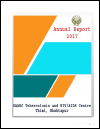
Resource | Publications,
The Annual Report of SAARC TB and HIV/AIDS Centre (STAC) is being presented indicating the programmes, activities and achievements of the year 2017. This is the Twenty-second consecutive comprehensive Annual Report STAC. This report includes a summary of the activities carried out by the Centre for the year 2017 along with introduction, goals, objectives, vision, mission and achievements of the Centre.
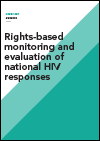
Resource | Publications,
The UNAIDS guidance document Fast-Track and human rights (2017) offers practical advice on why and how efforts to Fast-Track HIV services should be grounded in human rights principles and approaches, and why such efforts and responses should include the seven key programmes at a scale that can effect change. This guidance—Rightsbased monitoring and evaluation of national HIV responses—builds upon that advice, elaborating on rights-based monitoring and evaluation of HIV services with the aim to achieve human rights and equity in the AIDS response and to Fast-Track the end of the AIDS epidemic as a public health threat.
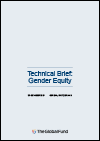
Resource | Publications,
This Technical Brief provides practical guidance for countries in using a gender equity approach to maximize the impact of programs resourced by the Global Fund to Fight AIDS, Tuberculosis and Malaria (the Global Fund). Gender equity means everyone has an opportunity to attain their full health and well-being according to their respective needs, with no one disadvantaged due to gender norms, roles and relationships. The main audience for this brief is stakeholders who are directly involved in country-level processes to develop and write funding requests for the Global Fund.

Resource | Guidelines,
The aim of the people-centred framework is to help countries to develop fully prioritized and budgeted NSPs based on a culture of making full use of the available data, which are aligned with national planning cycles and which provide the basis for a robust national response that can accelerate progress towards the goal of ending TB. In addition, applying the framework for other possible applications according to the country’s planning and policy cycle encourages the culture of data utilization and evidence translation into decision making and planning.
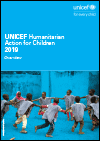
Resource | Publications,
This edition of UNICEF’s report on requirements for humanitarian action highlights major emergencies affecting children and families around the world, and the results achieved by UNICEF and partners in response to those crises. Noting that more violent conflicts are raging today than at any time since the adoption of the Convention on the Rights of the Child 30 years ago, the report also describes UNICEF initiatives to improve the quality of its humanitarian response in 2019 – particularly in high-threat contexts.
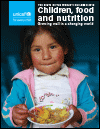
Resource | Publications,
This 2019 edition of The State of the World’s Children (SOWC) examines the issue of children, food and nutrition, providing a fresh perspective on a rapidly evolving challenge. Despite progress in the past two decades, one third of children under age 5 are malnourished – stunted, wasted or overweight – while two thirds are at risk of malnutrition and hidden hunger because of the poor quality of their diets. At the center of this challenge is a broken food system that fails to provide children with the diets they need to grow healthy. This report also provides new data and analyses of malnutrition in the 21st century and outlines recommendations to put children’s rights at the heart of food systems.
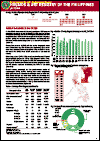
Resource | Fact Sheets,
In July 2019, there were 1,111 newly confirmed HIV-positive individuals reported to the HIV/AIDS & ART Registry of the Philippines (HARP). This was 29% higher compared with the diagnosed cases (859) in the same period last year. Eighteen percent (199) had clinical manifestations of advanced HIV infection (WHO clinical stage 3 or 4) at the time of diagnosis.

Resource | Publications,
By working with communities, uniformed services, governments and regional and international partners, UNAIDS supports the 2,57 million people living with HIV affected by humanitarian disasters globally to ensure that they have access to programmes preventing and addressing gender-based violence, and the HIV services they need.
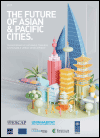
Resource | Publications,
The cities of 2030, 2050 and 2100 will be very different from today. They will be cities transformed in their demographic composition, in their implementation of technology and in their wider ecological contexts. The challenges of building cities sustainable enough to meet the chang ing needs of the future will require new ways of thinking and working, as well as new kinds of multi-stakeholder initiatives and partnerships. The Future of Asian and Pacific Cities report 2019 makes the case for four priorities and four approaches to realize a sustainable urban future in Asia and the Pacific. A sustainable future occurs when urban and territorial planning lays a foundation; resilience guards against future risk; smart cities deploy the best technology for the job; and financing tools help pay for it all. Getting these essentials right in Asian and Pacific cities today is vital in order to adapt to the demands of tomorrow and to deliver on the 2030 Agenda for Sustainable Development and the New Urban Agenda.






